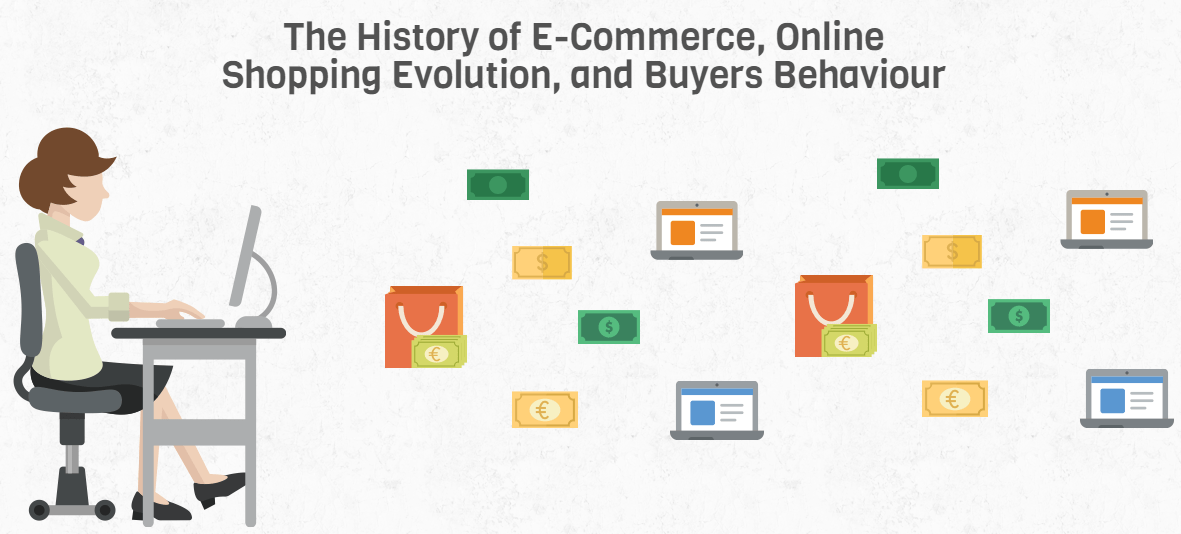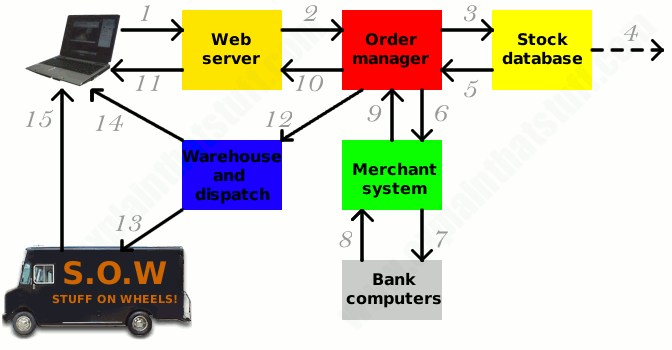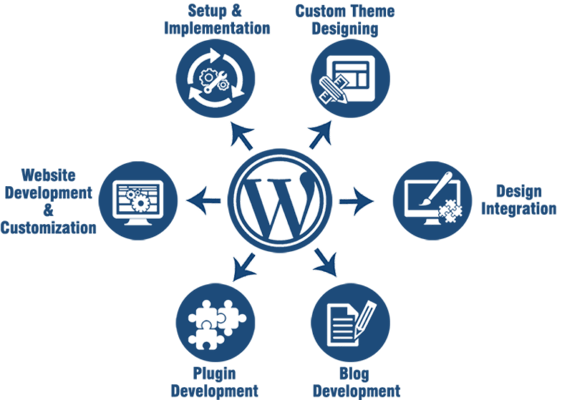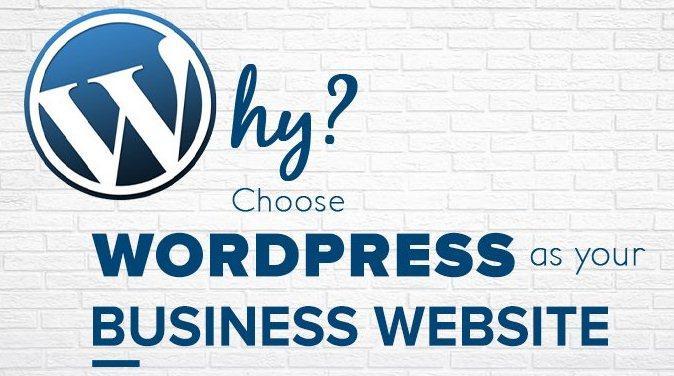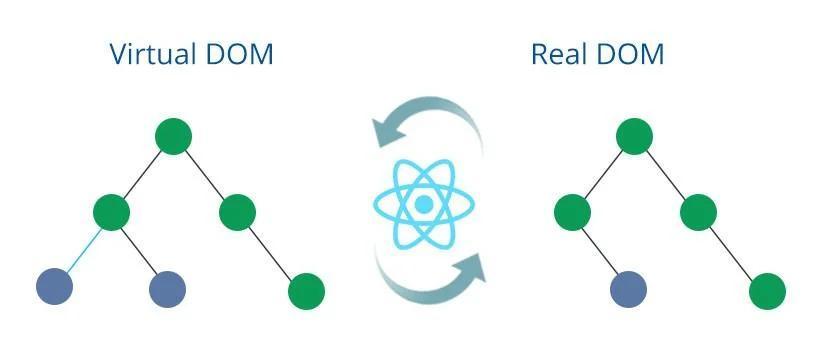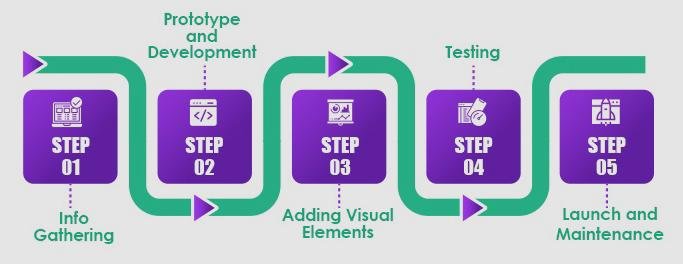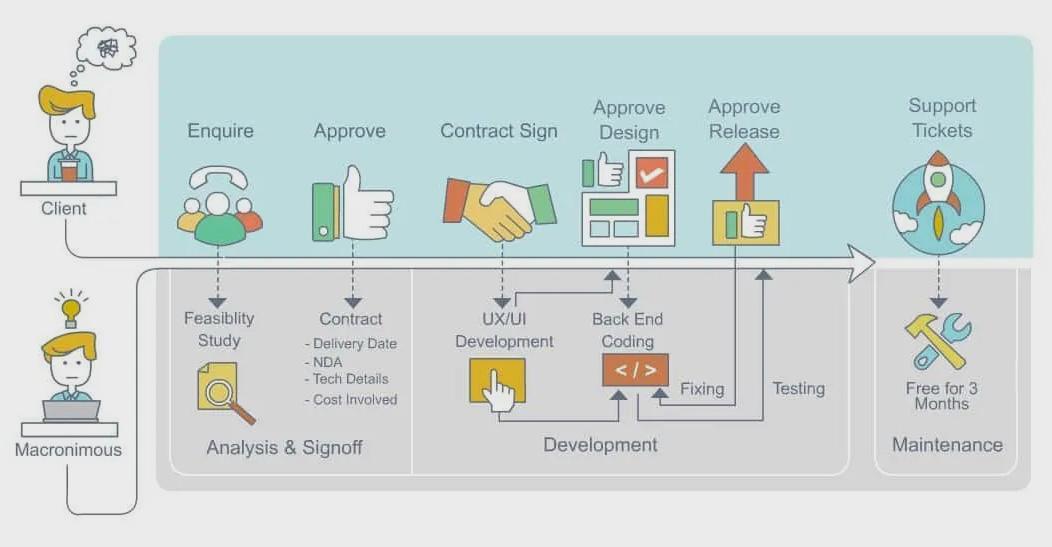Web design involves crafting websites and pages that accurately represent a company’s brand and information, all while ensuring an intuitive user experience. It encompasses the art of designing websites visible on the Internet, often focusing on the user-centric aspect of website development. By orchestrating a comprehensive visual and experiential identity, web design shapes the overall ambiance during users’ interactions on a website. This intricate procedure encompasses the entire spectrum of planning and composing your website’s elements, spanning from layout and design to imagery, color palettes, typography, and visual elements.
Beyond its aesthetic significance, web design entails strategic thinking, conceptualization, and the arrangement of online content. Website design extends beyond surface appeal, encompassing the complete functionality of the website, encompassing everything from navigation to interactions. Furthermore, web design spans the realm of web applications, mobile applications, and the intricate art of user interface design.
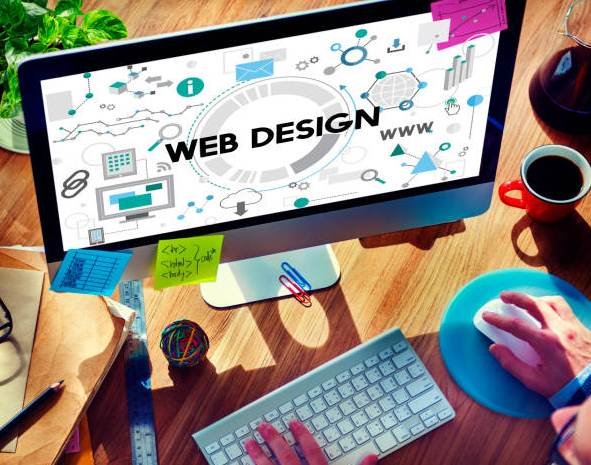
Web design encompasses an intricate blend of elements that harmoniously coalesce to craft a holistic website experience. Among these elements are graphic design, user experience design, interface design, search engine optimization (SEO), and content creation. This amalgamation dictates the visual appeal, navigational ease, and functionality of a website across varying devices. The web designer’s purview spans the site’s aesthetics, layout, and occasionally, its content. Considerations such as color schemes, fonts, and imagery fall under the realm of the format, while layout pertains to the arrangement and categorization of information. Successful web design boasts user-friendliness, aesthetic allure, and alignment with the website’s target audience and brand identity. Many websites adopt a minimalist approach to keep distractions at bay, ensuring users focus on essential information and tasks. The cornerstone of a web designer’s output is a site that garners trust from its intended audience, an endeavor that necessitates minimizing potential points of frustration. In the realm of establishing an online presence, crafting a website stands as a foundational pillar. Consequently, the domain of web design is evolving at an exhilarating pace. With the integration of mobile apps and user interface design, it continually adapts to cater to the escalating demands of both website proprietors and visitors. It’s important to discern that web design diverges from web development, the latter being the actual coding that empowers a website’s functionality. The creation of a website necessitates the symbiotic engagement of both web design and web development services. While some professionals possess proficiencies in both web design and web/UX development, these roles entail distinct skill sets. Web designers translate your concepts into tangible mock-ups, providing a glimpse into the visual trajectory of your impending website. In essence, they are the architects of a website’s creative blueprint.
What is Web Development?
Web development refers to the process of creating websites on the Internet. Web development, also called website development, refers to tasks related to the creation and maintenance of websites and web applications that run online on the web browser. This includes things like web design, web publishing, web programming, and database management. It is an application that works on the Internet.
The term development is usually reserved for the actual construction of these things web design, web programming, and database management. Basic tools include programming languages called HTML (Hypertext Markup Language), CSS (Cascading Style Sheets), and JavaScript. However, there are many other programs used to manage websites or to facilitate their construction that would require code writing. Many content management systems (CMS) worked under this category, including WordPress, Joomla, Drupal, etc.
The web development process involves web design, web content development, client-side/server-side scripting, and network security configuration, among other tasks. In a broader sense, web development includes all the actions, updates, and operations that a website needs to create, maintain, and manage to ensure optimal performance, user experience, and speed. It may also include all the strategic actions required to ensure proper ranking on search engine results. Web development is also known as website development, while the professionals who maintain the website are called web developers.
Difference between Web design and web development
A web designer is a person who makes a website look good. They mainly refer to the glorious part of the website as well as its usability. The main responsibility of web designers is to focus on the style and overall feel of the website using various software like Photoshop, Coral Draw, etc. to make the website more attractive. Web design is the functionality of a website through its visual appearance and user perspective. Web application and website design include UX designers and visual designers to help developers create products to create wireframes, mock-ups, design systems, color palettes, templates, and more.
Web developers are commonly called programmers. They take designs created by web designers and transform them into fully functional websites. They include Javascript, jQuery, Node.js, PHP, ASP, Python, etc. Uses a variety of similar software and tools. Their main goal is to create a smooth, well-functioning website. Web developers are responsible for creating web pages based on the design provided by the designer in collaboration with UX Designer, UI Designer, and Visual Designer. There are back-end developers who focus on the infrastructure of the site or web application (hosting, security, etc.), there are front-end developers who focus on on-site/app functionality, and there are full-stack developers who focus on front-end and back. Work on both ends.
Elements of Web Design
Web design is central to providing a satisfying online experience. Modern web design has come a long way. Websites cannot afford to look like classified sections of a newspaper. If a site doesn’t look sophisticated and doesn’t work flawlessly, it doesn’t get a chance. Web design has many of the key visual elements as all types of design are as follows:
1. Layout
Graphics, advertisements, and text are presented in this way. As the web lives on, the main goal is to help the viewer find the information they are looking for at a glance. This includes maintaining the balance, consistency, and integrity of the design. Primarily, the mobile-friendly layout refers to the use of responsive website design. Responsive web design refers to a design strategy that allows websites to ‘adapt’ to different screen sizes without compromising on usability and user experience.
2. Content
Content and design can work together to enhance the site’s message through visuals and text. The written text should always be relevant and useful, so as not to confuse the reader and give them what they want so that they stay on the site. Content should be search engine optimized and of appropriate length, including relevant keywords. There is no denying that content is king. This plays a big role in search engine optimization (SEO) and is one of the main reasons why people visit your website.
3. Usability
The best utility will never be noticed by the end user, but the bad utility will appear immediately. Your website needs to be easy to navigate, intuitive, accessible and mobile-friendly. The user should always know where they are on the website and be able to find out where they want to go with a little thought. They should be able to access any page they need without looking at the entire site.
4. Visibility
If you have the most aesthetically pleasing and user-friendly website on the web, it will fail unless it is found. Your presence and visibility through digital marketing campaignsincluding SEO, social media, and email marketing is critical to the success of your website. It is important that you understand how to search, what platforms to target, and how to use your content.
5. Interaction
Your website should engage with your audience, get their attention, guide them through the stages of your website, and ultimately encourage them to contact you. Your website is not just for show, it is to help you build leads, increase sales, and grow your business so make sure your website engages with your visitors in the right way.
6. Navigation
Site architecture in web design, menus, and other navigation tools should be designed with users in mind as they browse and search. The goal is to help the user efficiently find the information they need and move around the site with ease.
7. Speed
Did you know that people will leave your business if your website doesn’t load quickly? Studies have shown that if your page load time is more than 3 seconds, your bounce rate increases by 38%. This is a bad sign.
Elements of Web Development
Web components and processes are interconnected, and the decisions that web developers make depend on these interconnections. So there is an excess in the procedure. If either one component or process is weak, the other strong component or process will be able to compensate. Good implementation can sometimes compensate for poor design, for example. A good objective statement can compensate for a bad statement. The goal is to deal with the inevitable problems that arise as a result. The components of a web-development method are as follows:
- Audience information.
- Purpose statement
- Objective statement
- Domain information
- Web specification
- Web presentation
Web Design & Development Features
For a website to achieve success, it’s imperative that it possesses not only aesthetic appeal but also offers a smooth and hassle-free experience to its visitors. This is where the significance of effective utility comes into play. This factor is what distinguishes your website from the competition. In the realm of web design, the optimal utility of a website revolves around ensuring visitors can swiftly and effortlessly locate the information they seek. If your goal is to expand your business, your website should match or exceed the quality standards set by your rivals. Here, we outline the crucial components your site must incorporate.
1. Mobile Friendliness
Nowadays, more than 60% of all browsing is done on smartphones and many of us are using phones to shop online. Websites designed from the bottom up for mobile users are likely to lose 60% of traffic and consequently sales. The only solution is to make sure your site has a fully mobile-friendly design so that your visitors can access it wherever they want. Doing so can increase your number of visitors.
2. Fast loading speed
If you want to retain site visitors, you know that your website should not load for more than 8 seconds. Slow loading times can have a very negative effect on a website’s performance. Not only will search engines lower your page rank but there is statistical evidence that users will leave your site if they have to wait. It is estimated that even a one-second delay in loading time can reduce the online conversion rate by about 7%. In retail environments, where profit margins are low, improving loading times per second can be the difference between success and failure.
3. Search engine optimized
There is no point in creating a website if you cannot make it visible online. This is where search engine optimization comes in. Doing good SEO can have a business-changing effect on the number of organic visitors your website receives. However, holistic optimization is an ongoing task that must be carried out in all three areas SEO-on-page optimization, on-site optimization, and off-site optimization.
4. Effective Navigation
Good navigation is one of the most important aspects of using a website. Simple HTML or JavaScript menus work best and look compatible across all browsers and platforms. It is equally important that the navigation be smooth. Try to limit the number of menu items as much as possible. Drop-down menus or sub-navigation can work well on large sites with multiple sections and pages.
5. Built for conversion
The main purpose of any business website is to create new business whether it is to attract new customers or to maintain the existing one. To increase your revenue potential, you need to set up specific landing pages and create sales funnels that will have the most impact.
6. Robust Security
You need strong protection to avoid so many cyber attacks on websites, An important part of doing this is choosing a web host that provides you with the security tools you need: robust firewalls, intrusion and malware protection, SSL certificates, spam filtering, and remote backup. At the same time, the site itself is configured for security and makes sure passwords are secured using two-factor authentication.
7. Cross Browser Compatibility
The latest versions of Internet browsers have come a long way in ensuring that you get a consistent browsing experience. Even so, owning one is still beyond the reach of the average person. For example, Google Chrome and Mozilla Firefox can render a transparent website background very nicely. However, some coding may be required for it to appear on Internet Explorer.
8. Social media
Social media can work wonders to increase the brand’s reach to new customers. For this reason, every website should have social sharing buttons on their pages so that readers can spread the word. At the same time, companies should set up social media accounts that can send traffic back to their websites.
Advantages of Web Design & Development
The Internet is one of the most valuable inventions of the modern world. Many people see it as an incomparable source of data, capable of offering the ideal solution to any problem with a couple of clicks. PWM, the pioneer of web development company, cannot promise that the Internet has the answer to everything; What is certain is that your business needs to carve out its place numerically. The benefits of web development are contemporary needs for today’s business. Below are the benefits of web design & development.
- Increased Mobile Traffic
- Needs Less Maintenance
- Increase the sales of the business.
- Attract lifetime clients to the business.
- Improving user engagement
- Loading Web Pages.
- Higher Conversion Rates
- Improved Search Engine Optimization
- Improved Online Browsing Experience
- Better Google Rankings
- Builds trust with your audience

